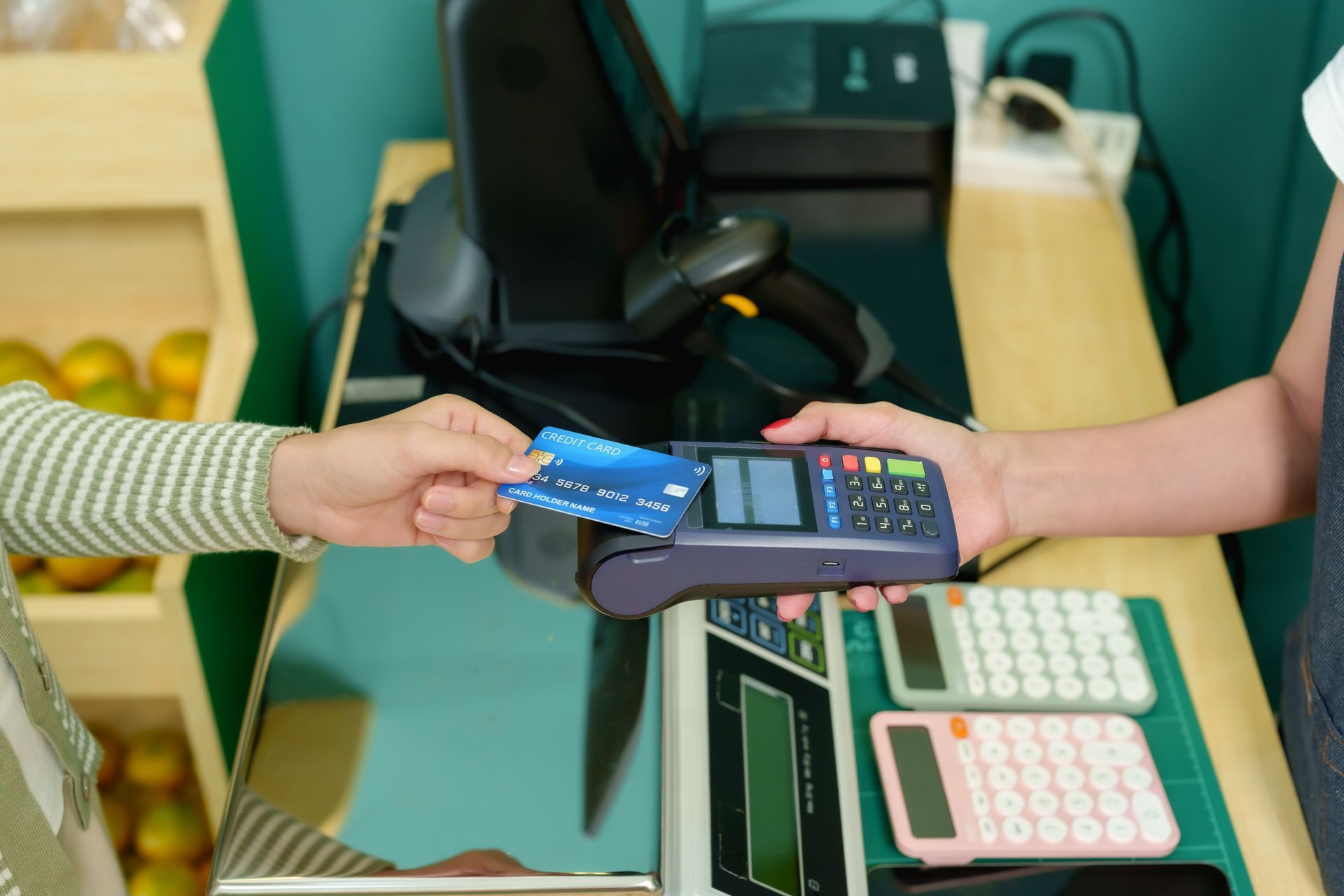Everything You Need to Know About Social Media Algorithms
Social media algorithms have become a sort of all-knowing — but mysterious — part of life online. You may have heard people say, “My algorithm is broken,” or “We must have different algorithms,” when talking about the content they see on Instagram or TikTok. And as a business owner, you might even suspect that the algorithm is hiding your content from users.
What is an algorithm in social media, exactly? It’s a series of calculations that a social media platform uses to decide what content to show users. Algorithms analyze users' behavior, friends, and other factors to learn about their interests. That’s why one person might have an Instagram Explore feed full of glamorous sports car videos, while someone else scrolls through funny cat videos.
Understanding the mechanics of algorithms is key to getting your business’s content in front of the right eyes. This guide breaks down how they function, how they compare between platforms, and what you can do to optimize your content so it gets seen.
What Is a Social Media Algorithm?
At first, social media apps had simple chronological feeds. An early Facebook user, for instance, might have seen their Aunt Kathy’s birthday post from Tuesday morning at the top, followed by a college roommate’s cat photos from Wednesday evening, and so on. These feeds usually had interesting content, but they weren’t personalized.
That all changed with the invention of social media algorithms. They use mathematical rules and signals to rank content based on user behavior and preferences. Now, every person gets a highly curated feed with an endless stream of content the algorithm has determined is relevant to their interests.
Social media companies use these algorithms — also known as recommender systems — to provide the best user experience. When you’re watching a constant stream of hilarious or fascinating posts that speak to you, it’s easy to keep scrolling… and scrolling.
How Do Social Media Algorithms Work?
Only the developers truly understand the “secret sauce” that makes up each platform’s algorithmic design. In a nutshell, though, machine learning models study users’ interactions with content and other creators to learn about their interests.
They use this data to match users with content based on several ranking signals, including:
- Relevance: How closely do the
social media posts fit the user’s interests and past behavior?
- User engagement: Commenting, liking, or even watching a video for a few seconds tells the algorithm to deliver similar content.
- Recency: Fresh content tends to rank higher.
These mechanics can vary slightly across different platforms. For example, Instagram considers engagement metrics like average watch time and sends (or shares) per reach when deciding which content to show. On the other hand, Bluesky lets users create self-made echo chambers by showing them content based on their political beliefs and other interests.
Algorithms Across Popular Platforms
Here’s a quick look at how recommendation algorithms work on different platforms. This knowledge can help you create a more effective content strategy.
Instagram’s Algorithm Explained
Relationships are everything on Instagram. When users interact with an account, they’re more likely to see its posts and Instagram ads in their feeds.
This can create a positive feedback loop where followers engage with your content, so they see more of your posts, which leads to more interaction. For example, a BMW lover might like an Instagram Reel showing your team repairing an X7. Moving forward, they’ll probably see more of your content in their feeds.
Popularity matters, too. Instagram often pushes content that gets a lot of attention into the Explore page, where non-followers may stumble across it. This algorithmic amplification can help you grow your audience quickly.
TikTok’s Algorithm Uncovered
TikTok focuses on short-form video content, which makes it incredibly appealing for younger audiences. Users discover recommended videos in their For You feed, which prioritizes content similar to what they’ve previously engaged with.
Here are a few ranking signals that the algorithm uses:
- User interactions, such as following content creators, liking videos, and blocking accounts
- Video details, such as captions and audio
- Language preferences
- Geographic location
These factors help TikTok deliver an “addictive” mixture of fresh and familiar video content that has many users scrolling for hours.
All About YouTube’s Algorithm
Like TikTok, YouTube is all about video content. It uses similar ranking signals like:
- Video performance:
The most watchable — that is, popular — content tends to rank higher.
- Watch history: YouTube recommends videos based on what users have previously watched.
- Context: Relevant videos often appear in the “suggested videos” section. For instance, someone who watches car repair tutorials may see recommendations for auto product reviews.
How Other Platforms Personalize Content
Other popular social networks have their own priorities and ranking factors. Here’s a quick rundown.
Facebook favors familiar content from people and pages that users interact with the most. Its algorithm also considers:
- Content type (videos, photos, etc.)
- Popularity and engagement
- Post quality
Similarly, LinkedIn prioritizes posts from close connections. When you share content, people who follow your page are more likely to see it than complete strangers. Other key factors include post quality and early engagement.
On X, the algorithm has been influenced by content moderation concerns. In January 2025, for instance, Musk announced that the platform would launch a new algorithm that “will push more informational and entertaining content” while shifting focus from “negativity.”
The Role of Algorithms in Digital Marketing
Algorithms aren’t just curiosities for tech lovers. They’re powerful digital marketing tools that can help improve your content distribution and get engagement.
Here’s how to make algorithms work in your favor to maximize the reach of your online content:
- Time your content strategically: Studying algorithms can help you determine
when to post to social media platforms. For example, on Mondays, the best time to post on Facebook is 9 a.m. to noon, but on TikTok, it’s 4 p.m. to 6 p.m.
- Use popular formats:
Platforms frequently tweak algorithms, which can affect how different types of content rank. On Instagram, for instance, Reels typically perform better than static photos.
- Create a consistent posting schedule: Every algorithm in social media cares about frequency, so posting several times a week is vital.
Best Practices for Optimizing Content for Algorithms
There’s no magic formula to help you control algorithms or go viral. But you can tweak your content for them — without forgetting your human followers, of course. Set yourself up for success with these tips:
- Follow the trends:
Posting about hot topics like self-driving cars can help you engage users and rank higher. Just keep it professional — you shouldn’t cause controversy for clicks.
- Add popular hashtags: Target specific audiences by using hashtags in your captions. On TikTok, for instance,
trendy hashtags in the auto industry include #motorcycle and #bikelife.
- Invite positive engagement:
Actively encourage your audience to interact with your posts. This could be as simple as asking them to share user-generated content or post their favorite car maintenance tips in the comments.
- Write relevant keywords in your captions: These terms increase the chances that users will find your content through the search bar. For example, Volkswagen’s posts always include the vehicle model, which can attract people searching for Jettas and Tiguans.
After you post, you should also closely track key metrics, such as engagement rate, follower growth, and impressions. These figures will help you determine if the algorithm is promoting your posts and where you can improve.
Maximizing Your Social Media Strategy With Algorithm Insights
Algorithms might seem confusing (or even like they’re personally out to get you), but they’re just bits of code. Understanding how they work will help you create more engaging content that social media sites recommend to users to expand your reach.
Need help getting started? Optimize is here to assist with every aspect of your social media marketing. We can plan algorithm-friendly campaigns, manage your accounts, and even respond to comments. Schedule a consultation to learn more about how we can get results (and free up your to-do list).



